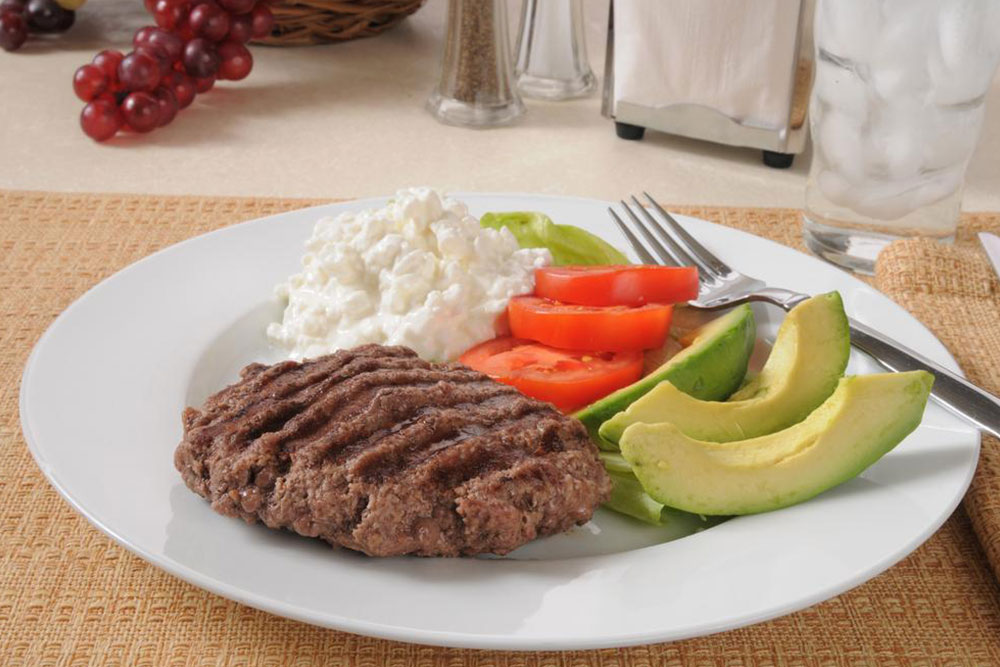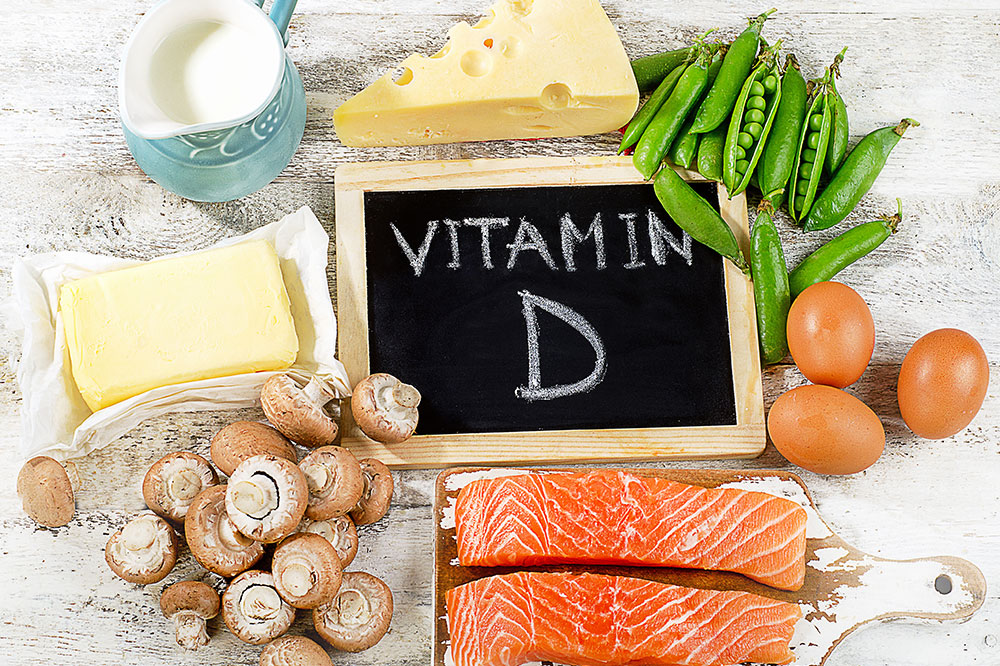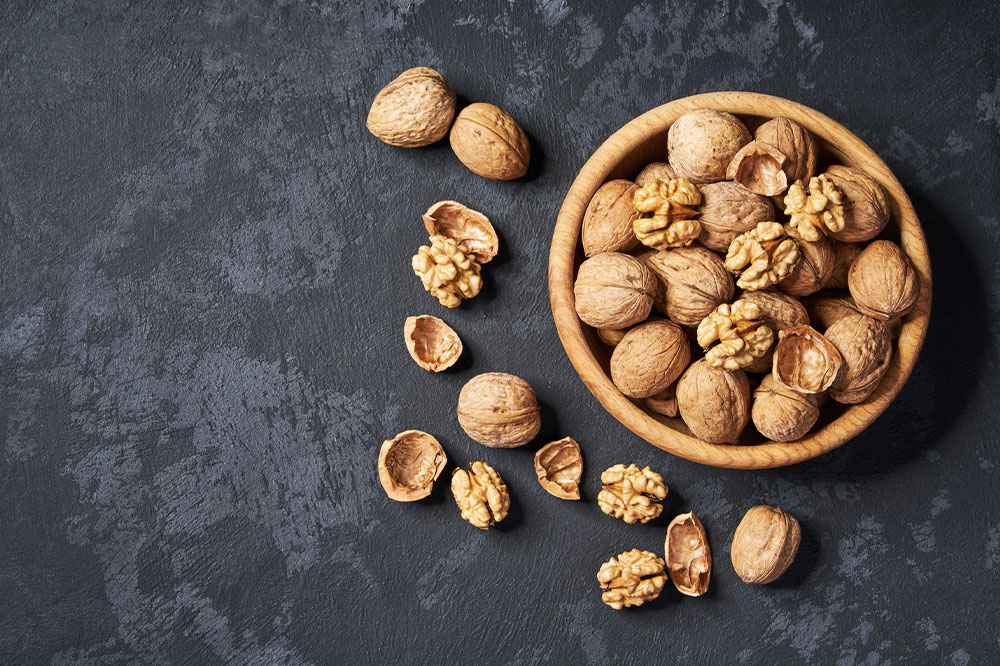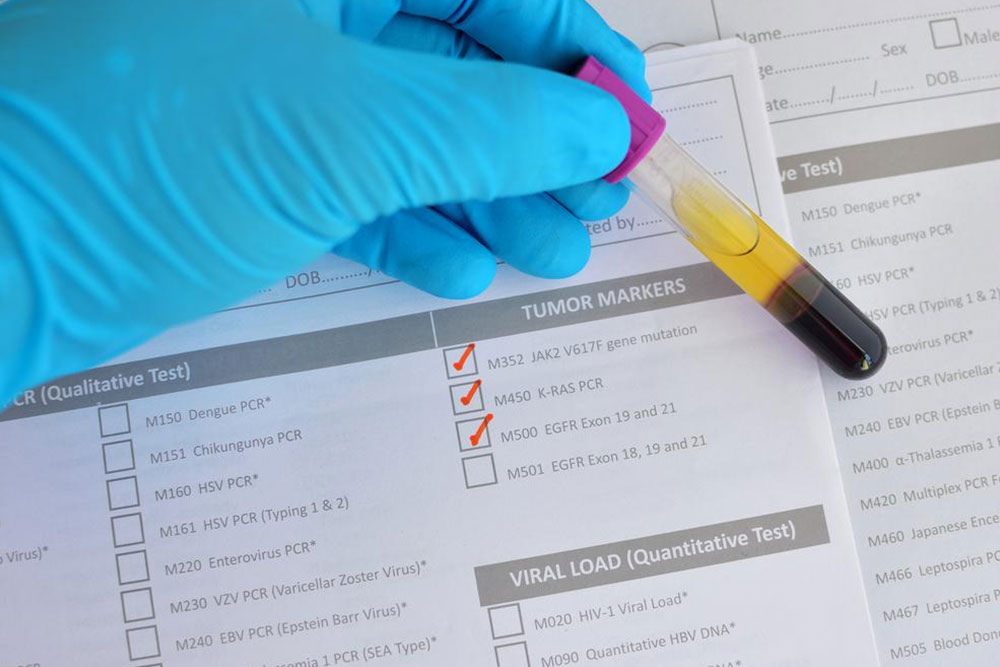Nutrition Tips for Managing Fatty Liver Disease
Discover effective dietary strategies for managing fatty liver disease. Focus on incorporating vegetables, lean proteins, and sulfur-rich foods while avoiding fried and high-sugar items. Supporting liver health through proper nutrition can reverse fatty liver and improve overall well-being.

Nutrition Tips for Managing Fatty Liver Disease
Steatosis, commonly known as fatty liver, refers to excessive fat accumulation in the liver. A healthy liver has up to 10% fat content; exceeding this level leads to fatty liver condition. As the second largest organ, the liver plays a crucial role in processing nutrients and filtering toxins. When too much fat is stored, liver function can be compromised, but the condition is reversible with proper diet and lifestyle adjustments.
The liver can regenerate by creating new cells to replace damaged ones. Persistent damage can lead to fibrosis or cirrhosis, which causes permanent scarring. Fatty liver is often caused by poor dietary choices and sedentary habits, typically affecting individuals between 40 and 60 years old.
To support recovery, include raw and cooked vegetables in your diet, while limiting high-sugar fruits. Vegetables are low in sugar and nutrient-rich, helping in weight management and liver health. Avoid starchy vegetables like potatoes; opt for a variety without excessive carbs. To compensate for limited fruit intake, incorporate lean proteins such as seafood, poultry, lean meats, eggs, and legumes.
Adding liver-friendly supplements like tonics rich in vital nutrients can aid detoxification and cell repair. Supporting glutathione production, the liver’s primary detoxifier, can be achieved by consuming sulfur-rich foods such as eggs, cabbage, broccoli, and garlic. Remember to steer clear of fried foods cooked in vegetable oils, as these fats can worsen liver fat accumulation. Instead, choose healthy oils like olive oil for cooking snacks.
Note:
This site offers diverse insights into health topics, but articles should not replace professional medical advice. While our research aims to provide accurate information, differences may exist across sources. Users are encouraged to consult healthcare professionals for personalized guidance. The site may not cover all available schemes or offers related to health and wellness.










